Japan is a country that boasts tradition, history, and culture that date back thousands of years. Absolutely bursting with natural and man-made beauty, this small nation is an absolute dream to visit. With its cutting edge technology, historic temples and castles, amazing transport system, extremely well educated and generous people, and the fact that it’s one of the safest countries in the world, there is every reason on earth to pay Japan a visit.
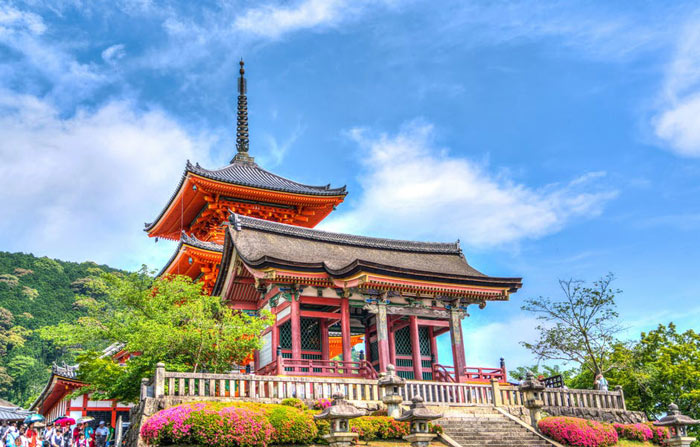
With that in mind, let’s take a look at 10 of the essential places to visit in Japan, each one guaranteed to make you fall more in love with this stunning island nation and its interesting and peculiar culture.
Iga Ueno Castle
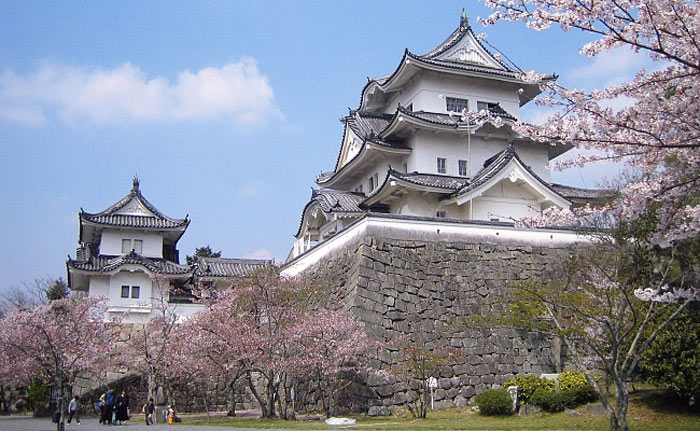 Built in the late 16th century as the residence for the lords of Iga during the Edo Period (1603-1867), the Iga Ueno Castle is located in the Ueno Park and stands atop an impressive 30m stone wall – the largest in Japan. The castle was destroyed in a storm in 1612 and was not rebuilt till 1935 thanks to funding by a local resident. While other similar reconstructions remade the castles out of concrete, the Iga Ueno Castle was rebuilt using wood making it unique and absolutely beautiful.
Built in the late 16th century as the residence for the lords of Iga during the Edo Period (1603-1867), the Iga Ueno Castle is located in the Ueno Park and stands atop an impressive 30m stone wall – the largest in Japan. The castle was destroyed in a storm in 1612 and was not rebuilt till 1935 thanks to funding by a local resident. While other similar reconstructions remade the castles out of concrete, the Iga Ueno Castle was rebuilt using wood making it unique and absolutely beautiful.
Also located in Ueno Park you will find the Shiroyamainari Shrine and next to it the amazing Iga-Ryu Ninja Museum, a realistic Ninja residence filled will all sorts of hidden secrets. If you are interested in visiting the Iga-Ryu Ninja Museum and learning more about the history of ninjas, Ninja Casino has a comprehensive article about it.
Fukuoka’s Castle and Ancient Festivals
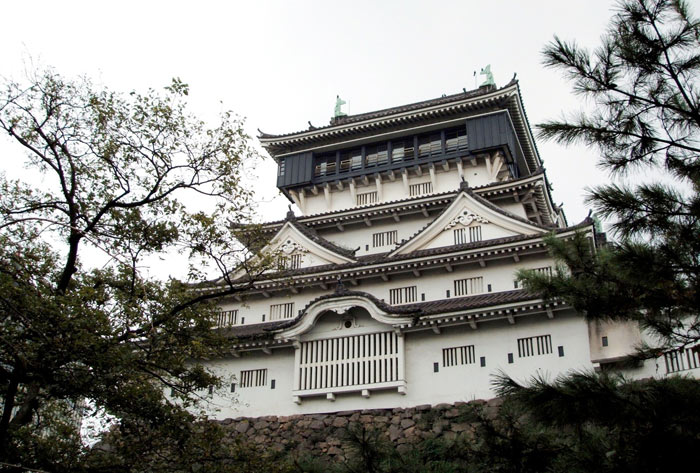
Overlooking the Naka River, the Fukuoka Castle is a relic of the times of the Shoguns who’s preferred place of residence were usually breathtaking hilltop castles with a view. Once part of a complex spanning 47,000 square meters, this castle is now home to many festivals and events, including the famous Hakata Gion Yamakasa – a traditional 2 week long colorful parade filled with costumes and traditional games that draws millions of visitors each year. If you can manage to visit Fukuoka during this time, you are in for quite a treat.
The Atsuta Shrine, Nagoya
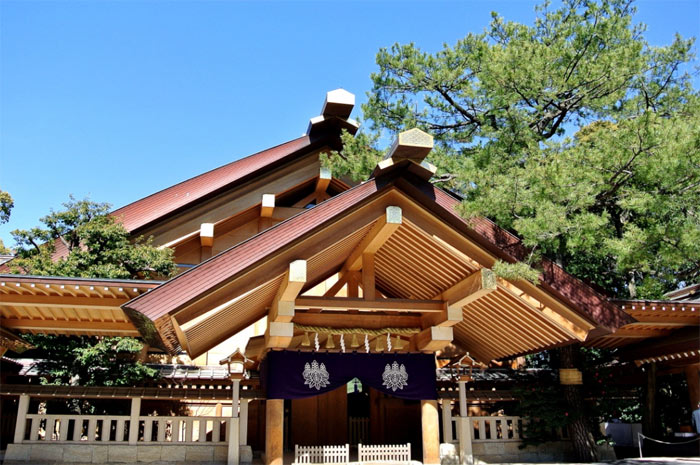 Attracting more than 5 million visitors every year, The Atsuta Shrine is the most important of the Shinto shrines in Japan. Famous for its perfectly preserved “Grass-mowing sword” Imperial insignia and its main shrine “Hongu”, this spectacular first century religious site is the pride of Nagoya. Inside you will find all sorts of artwork new and old including paintings, jewelry, ceramics and even traditional masks.
Attracting more than 5 million visitors every year, The Atsuta Shrine is the most important of the Shinto shrines in Japan. Famous for its perfectly preserved “Grass-mowing sword” Imperial insignia and its main shrine “Hongu”, this spectacular first century religious site is the pride of Nagoya. Inside you will find all sorts of artwork new and old including paintings, jewelry, ceramics and even traditional masks.
Not too far away from the Atsuta Shrine, you will also find the Nagoya Castle – an impressive moated castle that was partially destroyed in WWII. This castle is most famous for its two golden shachihoko – a mythical killer whale-like creature- that decorate the top of its main tower. You can read more about the history of the Nagoya Castle in JCastle.
Osaka Castle
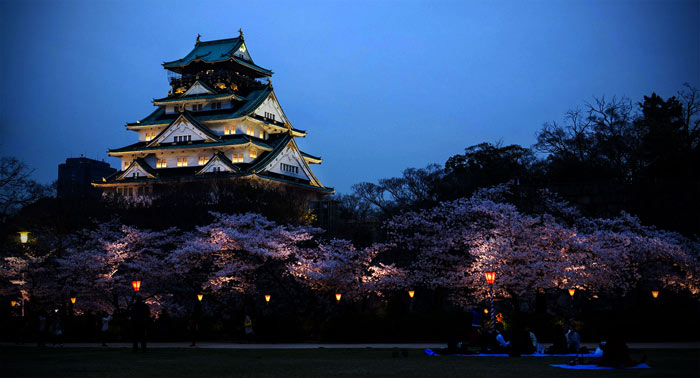 Upon its construction, the Osaka Castle was by far the largest and most important fortification in Japan. While it was since destroyed and rebuilt on several occasions, the final reconstruction was faithful to the original, allowing visitors to appreciate Osaka as it was. Boasting 5 stories and a 42 meter main tower perched atop a 14 meter tall stone wall, this colossal structure is full of history in every corner, not to mention the best view of Osaka.
Upon its construction, the Osaka Castle was by far the largest and most important fortification in Japan. While it was since destroyed and rebuilt on several occasions, the final reconstruction was faithful to the original, allowing visitors to appreciate Osaka as it was. Boasting 5 stories and a 42 meter main tower perched atop a 14 meter tall stone wall, this colossal structure is full of history in every corner, not to mention the best view of Osaka.
Nearby in the Osaka Castle Park, you will also be able to visit the Shitennō-ji, the first Buddhist temple in all of Japan, as well as the Hokoku Shrine, the Golden Pavilion and the Kōdō Lecture Hall.
Temple City, Ancient Nara
 The ancient city of Nara is one of Japan’s greatest treasures. While the whole city itself is filled with historic buildings and streets, Nara is often referred to as Temple City, as it contains the famous Buddhist Nanto Shichi Daiji – translating to “the seven great temples of Nanto”. These temples were highly influential and powerful institutions, some dating back to as far as the 6th century, and are filled with amazing artwork, statues, and impressive architecture.
The ancient city of Nara is one of Japan’s greatest treasures. While the whole city itself is filled with historic buildings and streets, Nara is often referred to as Temple City, as it contains the famous Buddhist Nanto Shichi Daiji – translating to “the seven great temples of Nanto”. These temples were highly influential and powerful institutions, some dating back to as far as the 6th century, and are filled with amazing artwork, statues, and impressive architecture.
Some of the most noteworthy sites to behold are the Kofuku-ji Temple, the bronze statue of the Great Buddha and the Great South Gate in the Todai-ji, and the Hall of the Great Buddha, the tallest timber building in the world. Although the temples are Nara’s main attraction, you will find that its streets are also filled with all sorts of numerous other treasures throughout the city.
Shrine Island
 Just off the coast of Hiroshima lies the island of Miyajima – best known as Japan’s Shrine Island or “the Island of the Gods” – home to the Itsukushima Shrine. Built all the way back in the 8th century, the shrine is a Shinto temple erected in honor of Susanoo, the princess daughters of the wind god. What makes the buildings in this shrine so special however is that they appear to be floating on water during the high tide, particularly the famous Great Floating Gate (O-Torii).
Just off the coast of Hiroshima lies the island of Miyajima – best known as Japan’s Shrine Island or “the Island of the Gods” – home to the Itsukushima Shrine. Built all the way back in the 8th century, the shrine is a Shinto temple erected in honor of Susanoo, the princess daughters of the wind god. What makes the buildings in this shrine so special however is that they appear to be floating on water during the high tide, particularly the famous Great Floating Gate (O-Torii).
During low tide, the gate can be accessed by foot, and visitors usually tend to collect seashells near it during this time. Once the high tide is in, there is a network of walkways in bridges that allow tourists to explore the shrine and its surroundings Halls, including the Honden, the Offerings Hall, the Prayer Hall and the Hall of 1000 Mats.










